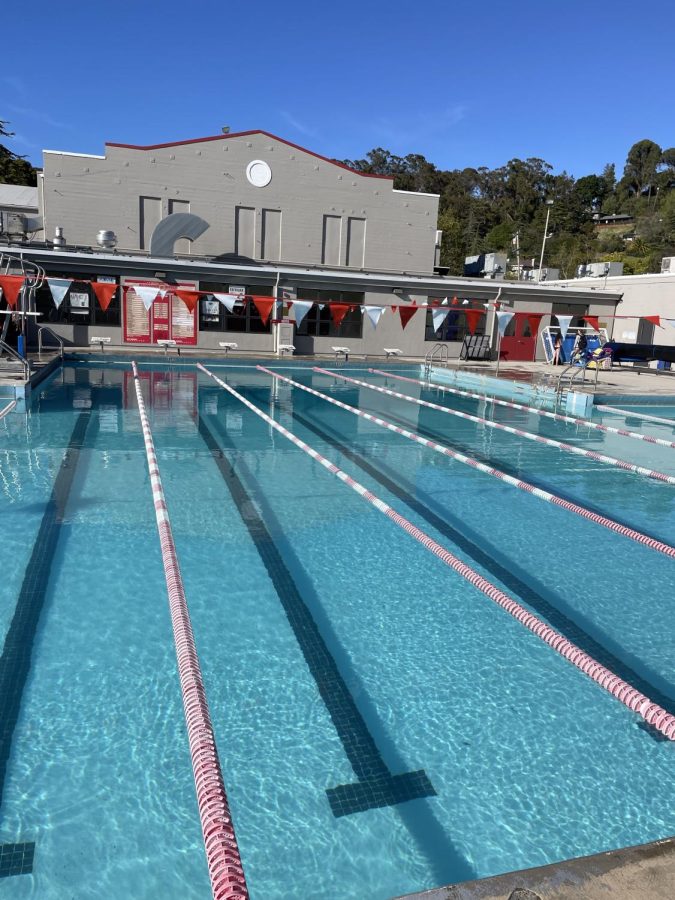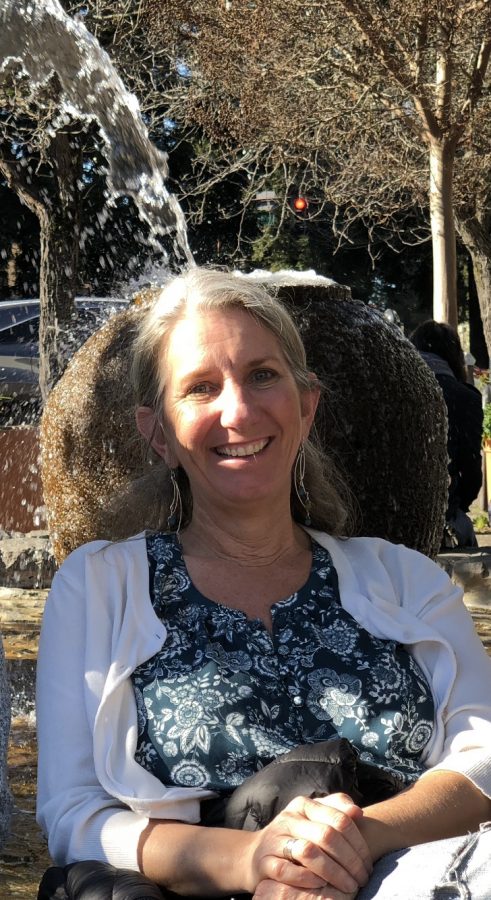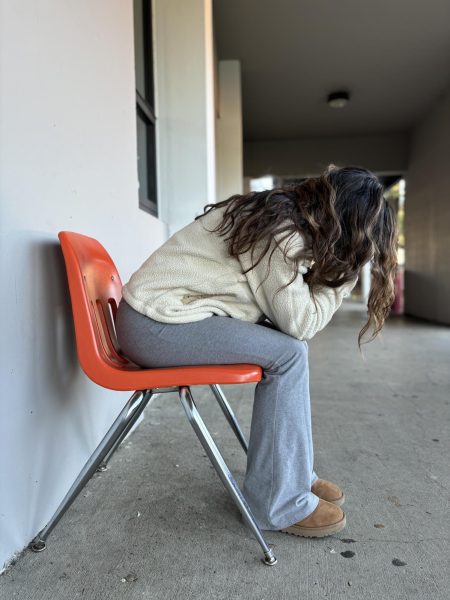Dual Enrollment is a Viable Option For Student Looking Into Early College Credits
December 9, 2022
The school should encourage more students to take classes at College of Marin, and stop putting that extra time into AP classes.
Dual enrollment in college and high school provides opportunities for high school students to take college courses and to expand educational opportunities. Dual enrollment is a term to describe when a student is both enrolled in high school and college, and takes one class to receive both high school and college credits. All at little to no cost to students, compared to AP classes where the exam can cost up to 150$.
Many students find themselves attempting to get ahead of their education, and use this motivation to challenge themselves academically. To get some of what would be their general ed classes done in college, many students take Advanced Placement, or AP classes. These require immense amounts of work as well as money to take the test, and at times colleges don’t accept the credits and rather just place you in a more advanced class. Rather than doing this, students also have the option to dually enroll in their community college, so they can get both high school and college credit, with one class, and in one semester. The information and encouragement in this option is lacking, especially when this option can allow anyone and everyone to do this for free.
Teachers, families, and oftentimes even peers encourage AP classes. It is understood that AP classes “look good” on college applications, and are even a necessity to getting into your desired college. Being dually enrolled often looks just as good. Not only this, but the workloads are generally not as demanding, and usually less time-consuming.
AP classes are still a viable option for students, but the power to encourage them could also be used to encourage dual enrollment. It is a more affordable, and less stressful option to receiving early college credits. It is shown that participation in dual enrollment is linked to higher high school completion and college readiness. Students are exposed to real life classrooms and experiences with college professors as well as other college students. It gives them a real taste of what college can be.
Kaia Tanaka, a San Rafael High Senior, has taken classes at College of Marin since the summer of 2019, going into her freshman year. She has taken both AP classes, and College of Marin classes throughout her highschool experience. “Honestly, I find AP classes to be more challenging. I think that in AP classes there is a much bigger emphasis on homework and the AP exam. Whereas with COM classes there is a bigger emphasis on actually learning and understanding the material.” AP classes are structured around taking the exam and doing well on it. College classes are structured more towards learning the material and allow students who don’t test well to have a chance at receiving credits.
Not to mention the variety of classes that college has to offer. At San Rafael High, there is a lack of AP options due to funding, but COM offers many different types of classes, allowing you to get prerequisites done for many different majors. Kaia has taken many different types of classes like Biology with lab, Human Development, Into to US Government, and English Reading Composition. “It’s also a great way to figure out what you’re interested in and there is a much greater variety in classes you can take.” The variety of classes can help students find what they really want to major in and allows them to try different classes before they reach college.
Schools should do more to encourage students for this opportunity and should provide this information to more people. If more students had an understanding of how easy it is to enroll and had an extra push to do so, you would find more students choosing that option over AP classes. I think a main reason I like COM classes more is because of the laid back environment. “I think for me personally this dynamic works because my learning experience there is fully my responsibility.” Tanaka, as a senior, has taken many college classes as well as high school, and has found that she finds more comfort and motivation in COM classes.
Recent enrollment has been on the rise from 11.3 percent of students in 2015 to 18.2 percent in 2019. With the idea getting more popular, there should be more encouragement from teachers and administration, yet in the four years I have attended San Rafael High School, I have not had not heard about this opportunity until I was told by another student. There are minimal flyers around school, but no time was spent in classes encouraging this to students.
When enrolling in classes, students are presented with a slideshow of opportunities of AP classes, including what they are and what they consist of. Obviously, this can’t be done with the variety of classes at COM, but the option of COM classes should be presented.
Dual enrollment is not only a less expensive option, but it is less accessible due to lack of information. Students could possibly be taking a year off of their college courses if they start early. That could be large amounts of money that students can save. This would not only prepare students for college but could also encourage students that cannot afford to go to state schools for four years, the option to do it for a shorter amount of time, and receive their degree for cheaper and faster. AP classes provide this, but at a slower rate and for more money, dual enrollment is more practical and should be more accessible, but first students need to know that it exists.



















































Julian Solis • Dec 19, 2022 at 11:15 am
I had this story shared with me as it directly relates to our work. Feel free to reach out for more details, and I would love to connect to explore ways to make this a more visible option for SRHS students.